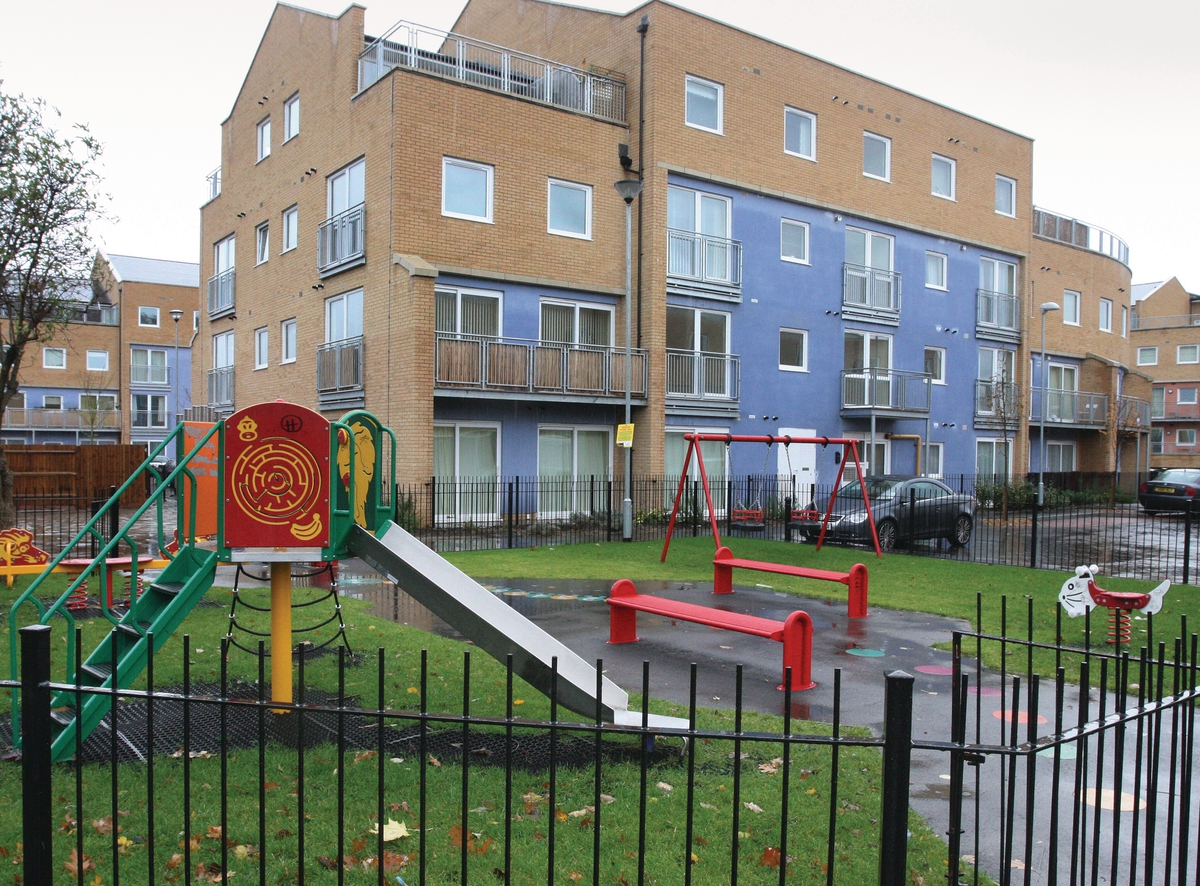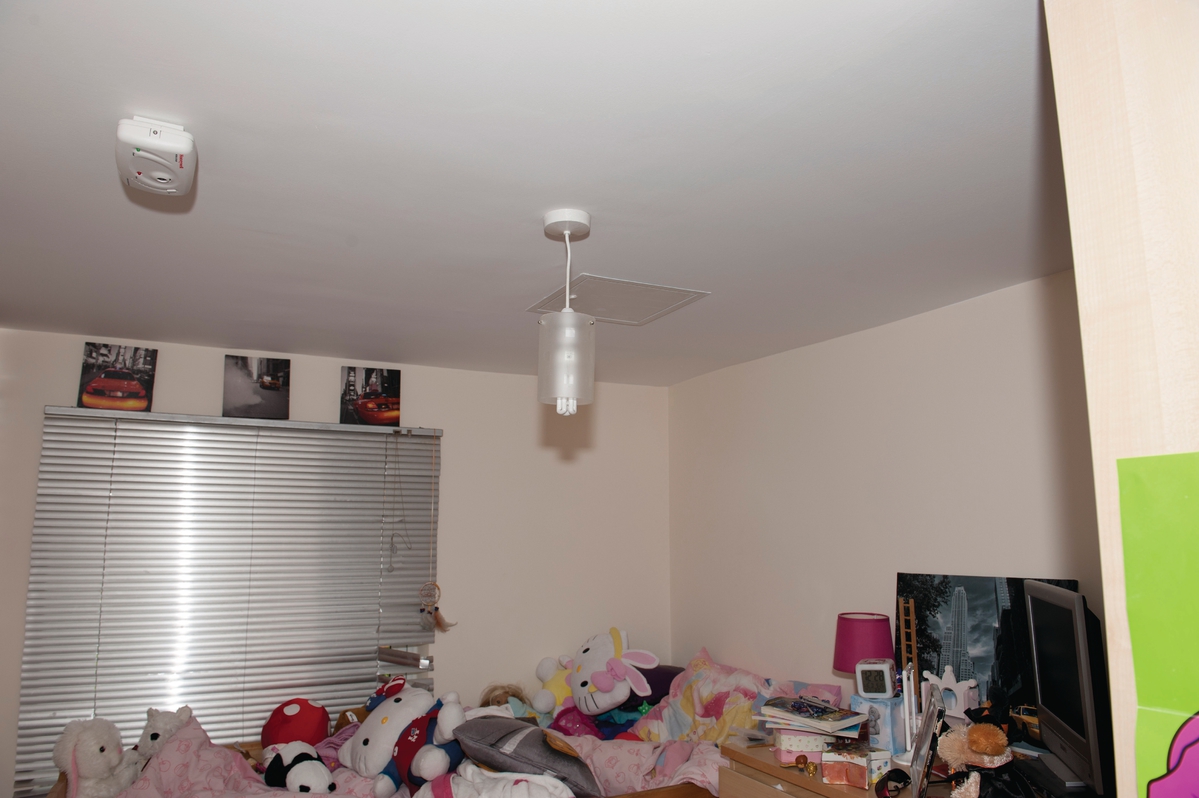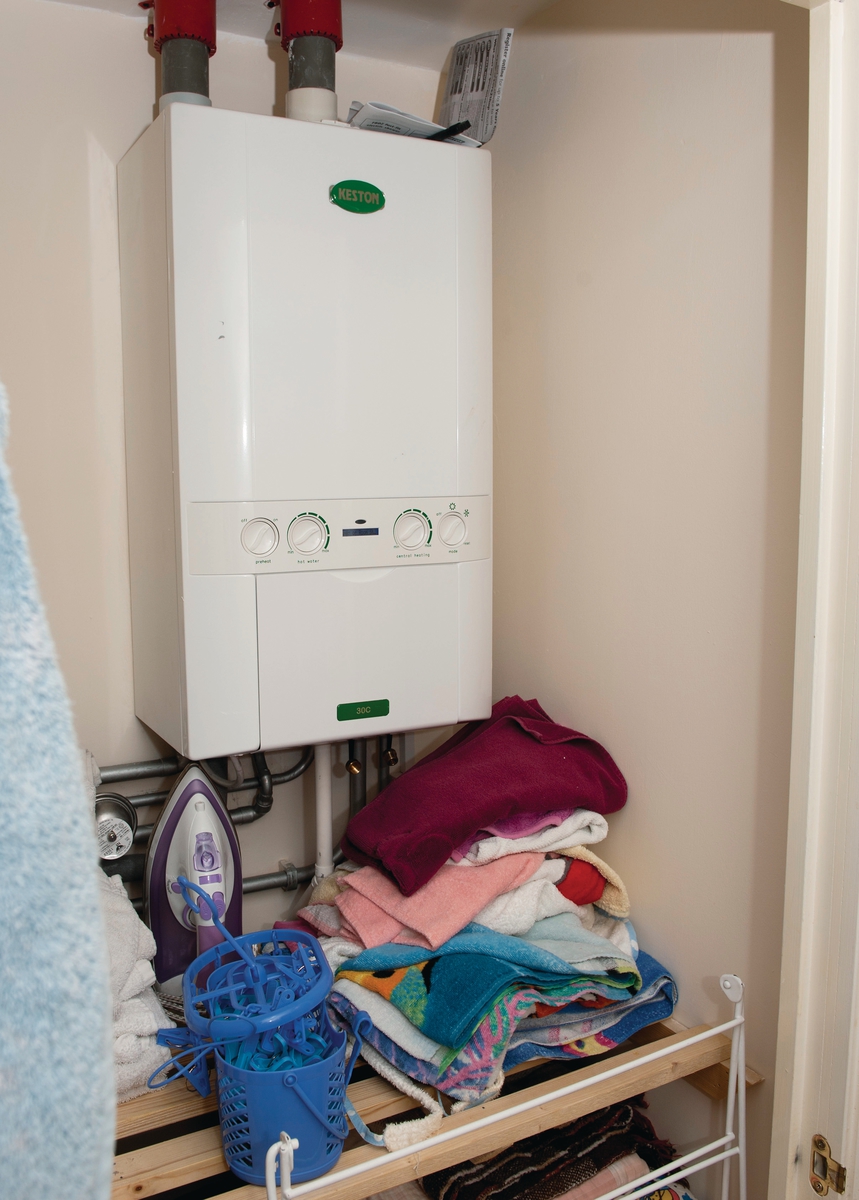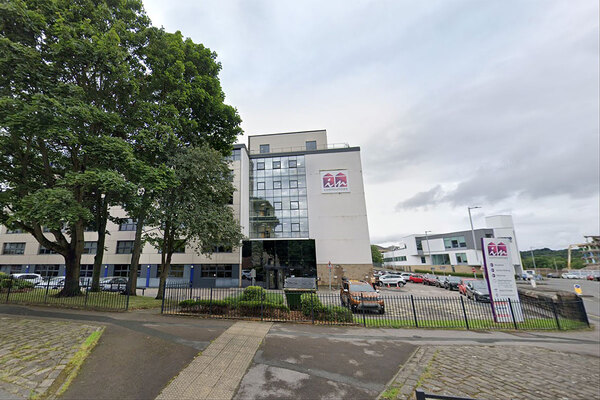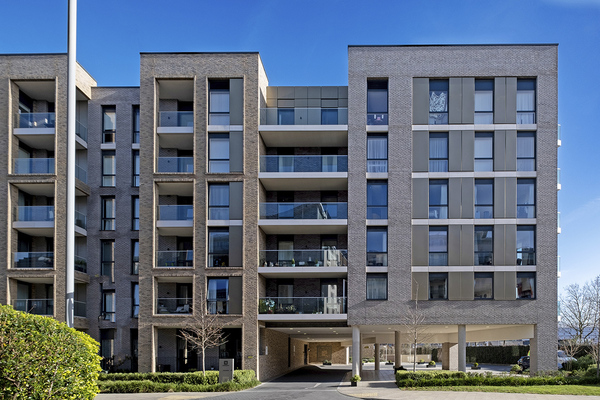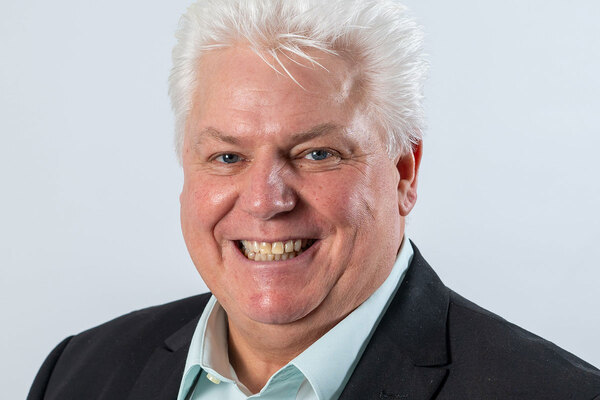Silent killer
Why are gas safety problems still arising in new build homes four years after Elouise Littlewood died from carbon monoxide poisoning? Martin Hilditch checks up on house builders and gas engineers
Kellie Simpson and her family received a terrible shock in the middle of July this year.
Gas engineers told her that the boiler system in her flat, in Borehamwood, Hertfordshire, was potentially unsafe and would have to be shut down immediately. Left without access to hot water she was immediately re-housed, along with her partner and seven-year-old daughter, in a nearby hotel.
Across the estate, other families were packing their bags and leaving their homes after receiving the same worrying news. Overnight many of the properties, which were only built five years previously, were emptied as boilers were shut down.
‘The engineers said “we are really, really sorry but it is the way it [the boiler system] has been put in”,’ Ms Simpson recalls. ‘They said it would have to be condemned.’

Ms Simpson, who is a private tenant, says she was told that while there had not been a carbon monoxide leak in her home, the engineers discovered that the flue pipes were not connected as securely as they should have been. This presented a risk to the family if left unchanged.
It was almost two months before Ms Simpson and her family returned home, due to the time taken to get replacement parts. ‘I feel like I have lost seven weeks of my life,’ she says when Inside Housing meets her, still unpacking bags and cleaning the flat, the day after she has moved back in. She says she was frantic with worry when she discovered there might be a problem with the gas system in the home. The concealed pipes ran through the ceiling in her daughter’s bedroom.
The problems arose because the homes contained a type of boiler system known as a concealed flue. This means the pipes leading from the boiler are hidden from sight and do not exit the home immediately through an external wall. The pipes are almost impossible to check in some cases because they have been placed in ceilings and walls, more often than not without any inspection panels.
All of this might be starting to sound familiar to long-term readers of this magazine. Back in 2008, we reported that 26-year-old dance teacher Elouise Littlewood had died from carbon monoxide poisoning in the new flat she part-owned with Notting Hill Housing at the Bedfont Lakes development in west London. Her lodger, Simon Kilby, has been left in a permanent unresponsive state. The tragedy occurred despite the fact that Ms Littlewood’s flat, which was built by Barratt West London, had been issued with a full set of gas safety certificates just months before. It too contained a concealed flue boiler system, which had prevented engineers from seeing the full length of the pipes.
Emergency alert
Shortly after Ms Littlewood’s death the Health and Safety Executive issued a stark warning that 1,200 homes with concealed flue boiler systems could be ‘immediately dangerous’, and a further 4,800 were potentially ‘at risk’. The figures were based on exploratory work carried out by Barratt and other developers following the Bedfont Lakes tragedy. In effect the HSE was admitting that thousands of people across the UK could be living in homes that pose a threat to their lives.
So what has happened since the HSE published its warning and why are residents on some estates still being affected by the issue more than four years after Ms Littlewood’s death?
Taylor Wimpey, which supplied Inside Housing with pages of information about the subject, is a good starting point when it comes to answering these questions. It was the developer behind the 182-home Borehamwood estate from which Ms Simpson and her family were evacuated. But six months earlier it was forced to take action on another estate - the Grand Union Village, which straddles the London boroughs of Ealing and Hillingdon.
The UK’s second largest house builder acted after ‘elevated levels of carbon monoxide’ were discovered at an apartment in the 791-home village in December 2011. No further problems were discovered after sample checks were conducted in a number of other flats in the development, but carbon monoxide alarms were issued to all residents as a precaution. Then on 19 January the developer was ‘notified of a further incident’. While this language may sound benign, these were clearly serious events.

Carbon monoxide alarms and inspection hatches have been fitted in many more homes since Elouise Littlewood’s death
‘Ten people were reported to have been potentially exposed to carbon monoxide in the two incidents at Grand Union Village,’ a spokesperson for Taylor Wimpey states.
Letters sent to a resident at Grand Union Village by Taylor Wimpey in February, and seen by Inside Housing, reveal how seriously the developer was taking the problem. In a letter dated 2 February it states it is focusing its gas safety inspection programme on the estate’s Harborough and Brecon House ‘due to our inspections identifying significant issues relating to gas flues within these blocks’.
A second letter, sent to Grand Union Village residents on 9 February by Taylor Wimpey, states that it is ‘conducting emergency gas safety inspections in priority blocks’ and that ‘unless we hear from you, we may have no alternative in recognition of the priority we have allocated to these blocks, but to take immediate steps to disconnect the gas supply’.
And the problems at Grand Union Village were not the first Taylor Wimpey experienced with concealed flues. Back in January 2009 boilers at its Harbour Reach development in Poole were switched off after high levels of carbon monoxide were discovered in a flat.
While this might sound dramatic, the developer is not unique and has taken significant steps to deal with the problem since 2008.
Gas tests
In that year, after the HSE warning about concealed flues, Taylor Wimpey carried out a review of all developments completed after June 2007 to ensure they complied with the latest gas safety guidance. This meant homes with concealed flues needed to have ‘sufficient inspection hatches in place to allow the full length of the flue to be inspected during servicing and maintenance’. Following the Harbour Reach incident it ‘reinforced the importance of gas flue inspections’ with its teams and gas contractors.
After the leaks at Grand Union Village were discovered in early 2012 Taylor Wimpey reviewed its customer service and production records dating back to 2000. If potential gas flue issues were identified then sample testing was carried out - and it was during one such inspection that the problems at Borehamwood were uncovered.
There have certainly been an immense number of inspections carried out by the house builder. In total Taylor Wimpey has conducted inspections on more than 9,000 homes since October 2008, finding problems in ‘less than 0.02 per cent’. It says that in each case ‘we instructed Gas Safe engineers to highlight any and all potential defects in gas flue installations, no matter how minor’.
‘The number of plots with significant problems represents a very small percentage of the overall number inspected,’ a spokesperson adds.
All of this work raised questions for the house builder that led it to take yet more action - this time involving homes that did not even have concealed flues. Its stance raises issues that all developers should consider very carefully.

‘During our ongoing programme of inspections we have experienced significant difficulty in gaining access to some properties with extended gas flues in order to carry out an inspection,’ the spokesperson adds. ‘We have also identified that only a very small proportion of homeowners are having their gas boilers inspected and serviced regularly.’
As a result the developer decided it would write to all of its customers who bought homes completed between 2000 - when extended flues first came into widespread use - and June 2007 to highlight the risks of carbon monoxide poisoning, emphasise the importance of regular boiler servicing and to offer to supply free carbon monoxide alarms. It has written similar letters to customers in homes with concealed flues completed from June 2007 onwards where it has not completed an inspection. In total, Taylor Wimpey has now written to a staggering 150,000 customers about the issue. It has installed or supplied more than 30,000 audible carbon monoxide alarms since 2009.
‘In light of the concern that many customers are not having gas appliances inspected or serviced regularly, we have now amended our standard specification to include the installation of an audible carbon monoxide alarm in any room which contains a gas appliance,’ the spokesperson adds.
Inside Housing also asked Persimmon, the UK’s third largest builder by homes built, whether it had discovered any problems with any of its homes and whether it had taken any steps to protect residents in homes with concealed flues. It refused to comment on either issue. Three years ago, however, it was more forthcoming and told Inside Housing that it had found 384 properties that ‘did not have access panels in accordance with the safety requirements’. It had undertaken work on 277 of these at the time of writing and had been due to complete the rest of the work by December 2009.
After Elouise Littlewood’s death, the country’s biggest house builder Barratt also discovered problems on the 179-home Balkerne Heights development, the 79-home Horizon development in Colchester and a 50-home development in Brewery Wharf, in Leeds. Since Ms Littlewood’s death it also fits carbon monoxide alarms in all properties that incorporate gas.
Meeting resistance
According to Trevor Batt and Lee Carter, who are both technical safety managers with gas safety engineers Corgi Technical Services, not all developers have got the message, however.
‘We are seeing some developments where they [concealed flues] are still being installed without inspection hatches,’ states Mr Batt.

Bedfont Lakes in west London, where Elouise Littlewood was killed by a carbon monoxide leak
Corgi has been called out to some developments where it has discovered that concealed flues have not been installed properly and that ‘theoretically’ if repair work wasn’t carried out ‘they could at some point become dangerous’.
Mr Carter adds that many developing landlords will have a ‘gas team responsible for servicing and maintaining the stock and a new build team’. ‘It seems that the gas managers aren’t [always] involved in the design stage,’ he states. ‘That tends to be where we are seeing the issues coming from.’
New regime
There is a big change on the immediate horizon, however, that will alter the approach taken by gas engineers across the UK. Technical guidance, developed by the industry, to gas engineers changed from January 2011 because of ‘a number of cases where, once inspection hatches had been installed, faults were found’, according to the Gas Safe Register, the official list of qualified gas engineers.
The upshot is that from 1 January 2013 engineers carrying out annual checks will tell householders that their boiler is ‘at risk’ if inspection hatches are not fitted - even if they have passed previous checks. They will then turn the boiler off if the occupant agrees and it will remain out of action until inspection hatches are fitted. It is a change that Mr Batt and Mr Carter say landlords - both private and social - need to be very aware of.
Chris Yates, deputy director of the Heating and Hotwater Industry Council, is part of a working group - including the Gas Safe Register, HSE and Communities and Local Government department - that has been responsible for drawing up guidance about the issue. It estimates that there are ‘at least’ 30,000 properties with concealed flue boilers in the UK.
Given that the new guidance goes live from 1 January - the middle of winter - the group has an additional problem to worry about. ‘There is a risk that we will get a mass switch-off,’ he states. ‘We are trying to minimise the disruption come 1 January.’
While engineers will tell households that they are ‘at risk’ if they are unable to inspect concealed flues and switch off boilers if they are given permission by the householder, the occupant may choose to install carbon monoxide alarms and keep the boiler running until they get inspection hatches in place (which is permitted because the homeowner is then responsible for how they choose to address the issue).
Mr Yates emphasises that no household should view an alarm as an alternative to getting hatches installed or annual checks from an engineer.
Given the new guidance, it is more than likely that there will be further problems uncovered like those in Borehamwood and Grand Union Village. While this may inconvenience homeowners - and anger people who find previously undetected problems - doing nothing is not an option. Elouise Littlewood’s untimely death will forever stand as a reminder why.


